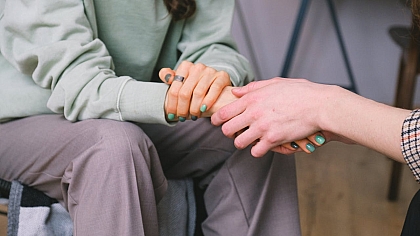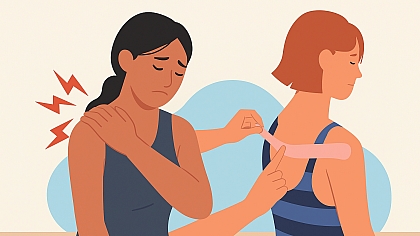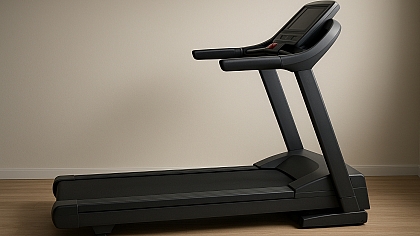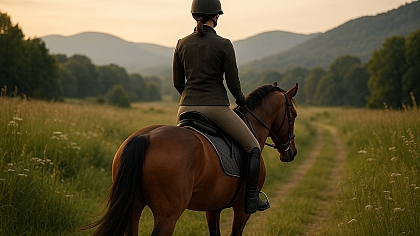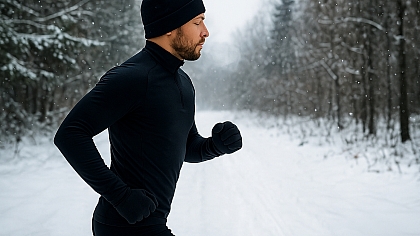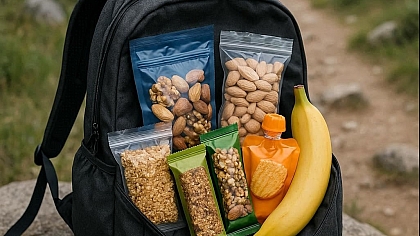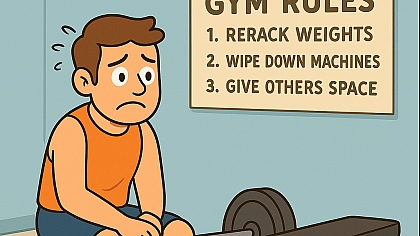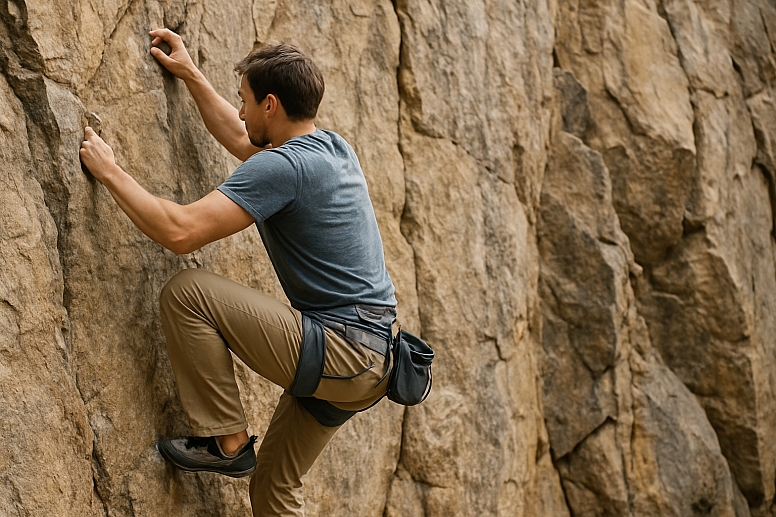
Rock Climbing for Beginners: Strength and Technique Basics
Your First Hold is the Hardest
Rock climbing looks like a sport of brute arm strength. In reality, it is a puzzle solved with your feet and your brain. Beginners often burn out their arms quickly because they rely on muscle over technique. The secret to good climbing is learning to use your body efficiently. This means building a foundation of specific strength and, more importantly, mastering the basic techniques that make climbing feel effortless.
Why Your Feet Do the Heavy Lifting
Your leg muscles are the largest and strongest in your body. Your arms are comparatively weak. The core principle of climbing efficiency is to stand up on your legs whenever possible, using your arms primarily for balance. This single idea will transform your climbing more than any other.
Technique First: The Non-Negotiables
Before you worry about getting stronger, you must learn how to move. Technique is the ultimate force multiplier.
1. Silent Feet Beginners often slam their feet onto holds. This is noisy, inefficient, and imprecise.
- The Fix: Practice placing each foot deliberately and quietly on a hold. Look at the hold until your foot is perfectly positioned. This builds precision and control, saving energy for when you really need it.
2. Straight Arms Your instinct will be to keep your arms bent and pulled in close to the wall. This fatigues your biceps incredibly fast.
- The Fix: Keep your arms straight whenever you are not actively moving. This allows your skeleton to hold your weight, resting your muscles. Think of it as hanging from your bones, not holding on with your muscles.
3. Hip Positioning: The "Twist" This is the most important technical skill for beginners. Keeping your hips square to the wall limits your reach and strains your arms.
- The Fix: Use the "outside edge" technique. Twist your hip to the side toward the hand you are reaching with. This brings your shoulder closer to the wall, dramatically increasing your reach and placing your weight over your foot.
Building Climbing-Specific Strength
You do not need massive muscles to start, but you do need durable tendons and grip strength. The best way to build climbing strength is by climbing. Supplement with these exercises.
Grip Strength: Your Foundation Your hands will be your weakest link. Train them safely.
- Dead Hangs: Simply hang from a pull-up bar or a large jug hold. Focus on engaging your shoulder blades. Start with 3 sets of hanging for as long as you can.
- Farmer's Carries: Hold a heavy dumbbell or kettlebell in each hand and walk. This builds crushing grip and core stability.
The Pulling Muscles: Back and Arms
- Bodyweight Rows: Set a barbell in a squat rack or use a TRX system. Lie underneath it, hold on, and pull your chest to the bar while keeping your body straight. This is the most important beginner pulling exercise.
- Negative Pull-Ups: Stand on a box to get your chin over a pull-up bar. Step off and lower yourself down as slowly as possible. This builds strength safely.
The Pushing Muscles: Balance is Key Climbing develops strong pulling muscles. Neglecting pushing muscles creates muscle imbalances that can lead to shoulder injury.
- Push-Ups: The simplest and most effective way to maintain shoulder health. Incorporate them into your training routine 2-3 times a week.
A Beginner's First Session Plan
- Warm-Up (5-10 mins): Light jogging or jumping jacks to get blood flowing. Dynamic stretches for shoulders, wrists, and hips (arm circles, wrist rolls, leg swings).
- Climb Easy: Spend 20-30 minutes climbing the easiest routes in the gym (often marked with V0-V1 or 5.5-5.6 ratings). Your only goal is to practice Silent Feet and Straight Arms.
- Try the Twist: On your next few routes, consciously try to twist your hips on each move to extend your reach.
- Cool-Down (5 mins): Light stretching for your forearms, shoulders, and back.
Listen to Your Body: Avoid Beginner Injuries
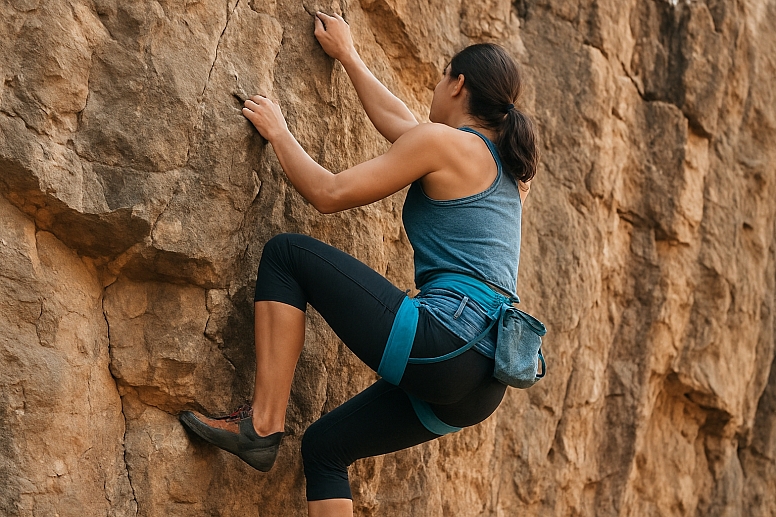
Climbing stresses your fingers and tendons, which are not used to such load.
- Don't Crimp Too Hard: Avoid latching onto tiny holds with your fingertips bent at 90 degrees (a "full crimp"). Use an "open hand" grip whenever possible to protect your pulley tendons.
- Rest: Take at least 2-3 minutes of rest between climbing attempts. Climbing is high-intensity.
- Stop When Tired: Your form falls apart when you are fatigued. That is when injuries happen. It is better to end your session early than to push for one more climb with poor technique.
The Summit is Just the Start
Progress in climbing is measured in small victories: finally completing a tricky route, mastering a new footwork sequence, or feeling a move that was once impossible become fluid. Focus on the movement itself, not just the top of the wall. The strength will follow the technique.
The best climber is the one having the most fun. Go have some.
Frequently Asked Questions
How often should a beginner climb? Start with 2-3 sessions per week with at least one full day of rest in between. This allows your muscles and, more importantly, your tendons to adapt to the new stresses.
What gear do I need to start? For a gym, you just need climbing shoes and a chalk bag. Most gyms offer rentals. You do not need to buy your own gear immediately. Wait until you are sure you enjoy the sport.
What is bouldering vs. rope climbing? Bouldering involves shorter climbs (10-15 feet) over thick pads without a rope. It focuses on powerful, technical moves. Rope climbing is taller and requires a partner to belay (manage the rope). Both are great for beginners; bouldering is often the easiest to try first.
My forearms get pumped and feel incredibly tight. Is that normal? Yes, this is known as "getting pumped." It is a buildup of lactate and a sign of forearm fatigue. Shake out your arms regularly between moves to get blood flowing. It will get better as your endurance improves.
